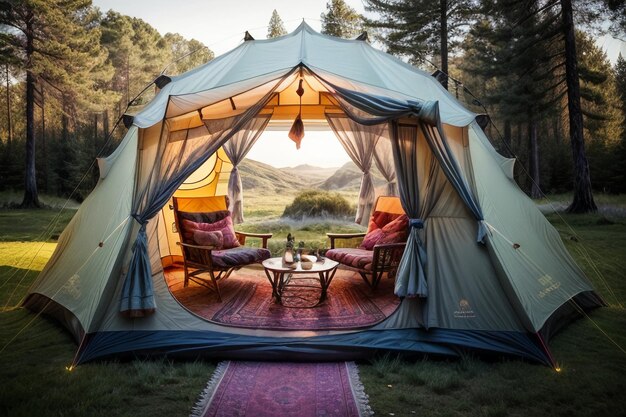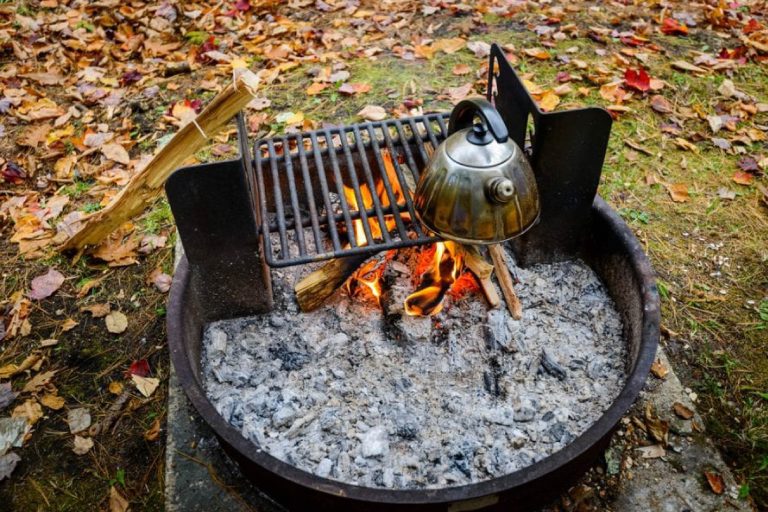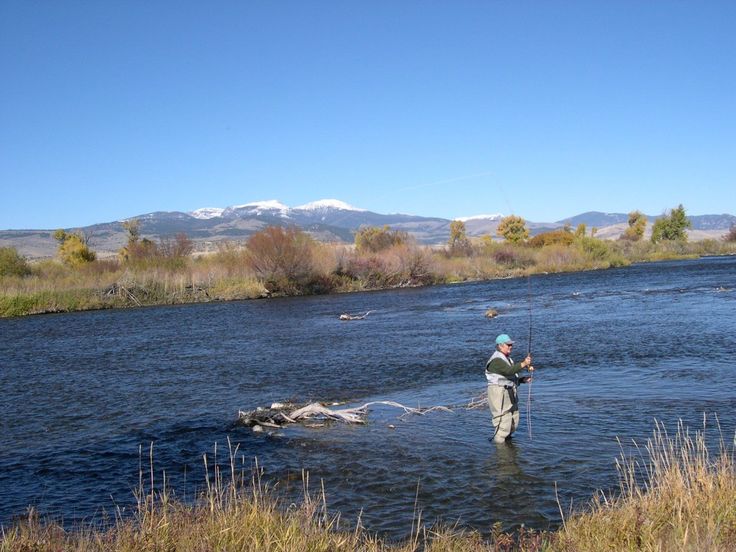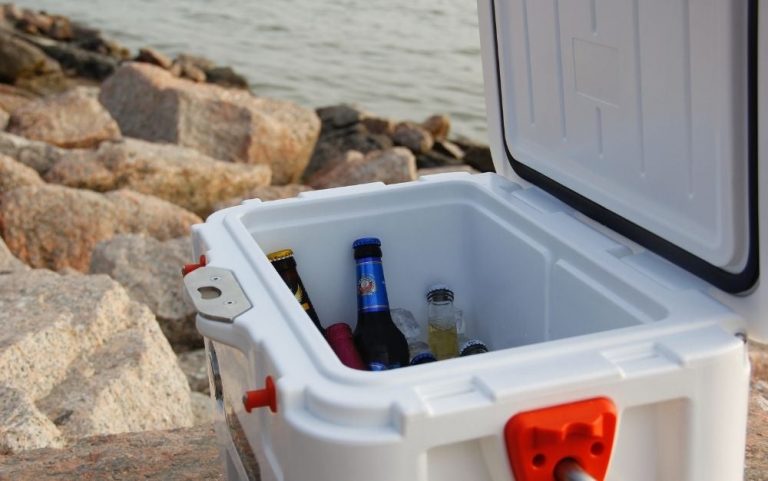How to Lock A Tent From Inside: A Detailed Guide
Camping is a cherished outdoor activity that allows us to connect with nature, escape the hustle and bustle of daily life, and create lasting memories. One essential aspect of camping is ensuring your safety and security, and knowing how to lock your tent from the inside is crucial in achieving that.
In this thorough guide, we will delve into diverse methods and valuable tips on how to lock tent from inside, ensuring your safety and comfort during your outdoor excursion.
How to Lock Tent From Inside: Why It Matters
Before we delve into the specifics of how to lock a tent from the inside, it’s important to understand why this is a necessary skill for campers. Locking your tent from the inside serves several vital purposes:
- Security: Protecting yourself and your belongings from potential threats like wildlife or fellow campers is paramount. Locking your tent from the inside can act as a deterrent, making it less likely for unwanted intrusions to occur.
- Privacy: Camping is an opportunity to disconnect from the world and enjoy some personal space. Locking your tent provides privacy, allowing you to change clothes, relax, and unwind without worrying about prying eyes.
- Peace of Mind: Knowing that your tent is securely locked while you sleep or explore the surroundings offers peace of mind. It allows you to rest soundly and fully immerse yourself in the camping experience.
- Weather Protection: In certain situations, locking your tent can help keep out rain, wind, or other weather elements, ensuring a dry and comfortable interior.
Now, let’s explore the various methods of how to lock a tent from inside.
Effective Methods to Lock a Tent from Inside
1. Zipper Locks
The most common way to lock a tent from the inside is by using the built-in zipper locks. Most modern tents come equipped with durable zippers that have small loops or holes near the zipper pulls. To lock your tent from inside using this method:
- Attach a Padlock: Thread a small padlock through the loops or holes near the zipper pulls. This prevents the zippers from being opened from the outside.
- Use Zipper Clips: Alternatively, you can use specialized zipper clips designed for tents. These clips secure the zippers together, making it difficult for anyone to open them without your knowledge.
Zipper locks are effective, easy to use, and provide a reliable way to secure your tent from the inside.
2. Door Wedges
Another method to enhance the security of your tent is by using door wedges. These are small, lightweight wedges that you can place at the base of your tent’s door from the inside. Here’s how to lock your tent from the inside using door wedges:
- Close the Door: First, ensure that your tent’s door is zipped closed.
- Place the Wedge: Insert the door wedge at the base of the door from the inside. This prevents the door from being opened from the outside.
Door wedges are a simple yet effective way to add an extra layer of security to your tent.
3. Cord and Grommet Method
If your tent lacks built-in zipper locks or you want an additional security measure, you can use a cord and grommet system. Here’s how to lock your tent from the inside using this method:
- Gather Materials: You will need a length of cord or paracord and a grommet kit, which can be found at most outdoor supply stores.
- Install Grommets: Use the grommet kit to install grommets near the zipper pulls on both sides of the tent door.
- Thread the Cord: Thread the cord through the grommets, creating a loop that can be tightened.
- Lock the Door: Pull the cord tight, effectively securing the tent door closed. You can tie a knot or use a small padlock to prevent the cord from being loosened.
The cord and grommet method offers a DIY solution to locking your tent and can be especially useful for older tents or those without zipper locks.
4. Cinch Straps
Cinch straps are versatile and adjustable straps commonly used for securing and bundling items. They consist of a strap made of durable material with a buckle mechanism that allows for easy tightening and loosening. The strap typically has a series of teeth that interlock with the buckle, providing a secure hold. Cinch straps are available in various lengths and are commonly used for outdoor gear, luggage, and camping equipment.
How to Use Cinch Straps
- Secure Zippers:
- Identify the zippers on your tent that you want to secure.
- Thread the cinch strap through the zipper pulls or tie-down points on the inside of the tent.
- Pull the strap tight and engage the buckle to create a firm and secure closure.
- Tie-Down Points:
- Identify strong points inside the tent where you can anchor the cinch straps.
- Loop the straps around these tie-down points and secure them using the buckle.
- Adjust the straps as needed to create a snug fit, making it challenging for someone to open the tent from the outside.
5. Internal Velcro Strips
Internal Velcro strips provide a convenient and adaptable method for securing tent doors from the inside. Velcro, a brand of hook-and-loop fasteners, consists of two fabric strips: one with tiny hooks and the other with small loops. When pressed together, these strips create a strong, temporary bond. Internal Velcro strips are designed to be attached to the interior of tent fabric, allowing for a quick and simple way to secure tent openings.
How to Use Internal Velcro Strips:
- Attachment Points:
- Identify suitable attachment points along the edges of the tent door where Velcro strips can be applied.
- Ensure the tent fabric is clean and dry for optimal adhesion.
- Peel the backing off the Velcro strip and press one side onto the tent fabric at the chosen attachment point.
- Secure Closure:
- Position the corresponding Velcro strip on the opposite side of the tent opening, ensuring the hooks and loops align.
- Press the two sides of the Velcro together firmly to create a secure closure.
- Adjust the alignment and tension of the Velcro strips to achieve a snug fit, effectively sealing the tent from the inside.
6. DIY Door Alarm
A DIY door alarm for tents is a makeshift security measure designed to alert occupants to potential unauthorized access. This simple alarm system is typically crafted using easily accessible items, such as bells or lightweight objects, and is attached to the tent’s zipper pulls. The purpose of the DIY door alarm is to produce a noticeable noise when the tent door is tampered with, drawing attention to the potential intrusion.
How to Create and Use a DIY Door Alarm:
- Gather Materials:
- Collect small bells or lightweight objects that can make noise.
- Ensure you have string or small pieces of cordage to attach the bells to the tent.
- Attach Bells to Zippers:
- Tie the bells or lightweight objects to the zipper pulls on the inside of the tent door.
- Choose a length of string that allows the bells to hang freely but still make contact with the tent fabric.
- Ensure Proper Positioning:
- Confirm that the bells or objects are positioned in a way that they will make noise when the tent door is opened.
- Test the setup by gently moving the door to ensure the DIY alarm produces the desired sound.
- Activate Before Sleeping:
- Before going to sleep or leaving the tent unattended, activate the DIY door alarm by allowing the bells to hang freely.
- If someone attempts to open the tent door from the outside, the noise produced by the bells will serve as an audible alert.
Choosing the Right Locking Method for Your Camping Needs
Selecting the appropriate locking method for your tent largely depends on your camping style, the type of tent you have, and your personal preferences. Let’s delve deeper into these considerations to help you make an informed choice.
- Camping Style: Are you an avid backpacker who values lightweight gear and minimalism, or do you prefer car camping with more spacious accommodations? For backpackers, simplicity and weight considerations might favor the use of built-in zipper locks or lightweight cord and grommet systems. Car campers, on the other hand, may have the luxury of carrying larger, more secure locking devices like padlocks and door wedges.
- Tent Type: The type of tent you have plays a significant role in your locking options. Modern tents typically come with integrated zipper locks, making them convenient for most campers. However, if you own an older tent or a unique design, you may need to explore alternative methods like the cord and grommet system mentioned earlier.
- Security Level: Consider the level of security you require. If you’re camping in remote areas with potential wildlife encounters, a robust locking method like padlocks or door wedges may be necessary. For campers in safe, well-traveled campgrounds, the standard zipper locks may suffice.
- Ease of Use: Some locking methods are easier to set up and use than others. Zipper locks are generally the simplest, while DIY methods like the cord and grommet system may require more effort and preparation. Choose a method that you feel comfortable with and can quickly deploy when needed.
- Environmental Impact: It’s important to consider the environmental impact of your locking method. Avoid disposable locks and materials that could harm the environment. Opt for reusable and eco-friendly solutions whenever possible.
How to Lock Tent From Inside: Conclusion
Camping is a wonderful way to experience the beauty of the great outdoors, and knowing how to lock your tent from the inside is an essential skill that ensures your security, privacy, and peace of mind while camping. Whether you use the built-in zipper locks, door wedges, cord and grommet method, or other unique locking mechanisms specific to your tent, taking the time to secure your shelter is a small but crucial step toward a safe and enjoyable camping experience.
So, as you embark on your next camping adventure, remember the importance of knowing how to lock tent from inside. By doing so, you’ll be better prepared to enjoy the beauty of nature while ensuring your safety and comfort throughout your camping journey.

Meet Sarah, a passionate traveler and camping enthusiast who loves to explore the great outdoors. With years of exploring, she has become an expert in testing and reviewing the best tents on the market which got her to start mytravelingtents.com. Her insightful reviews provide valuable information to fellow adventurers looking for the perfect tent for their next camping trip.






